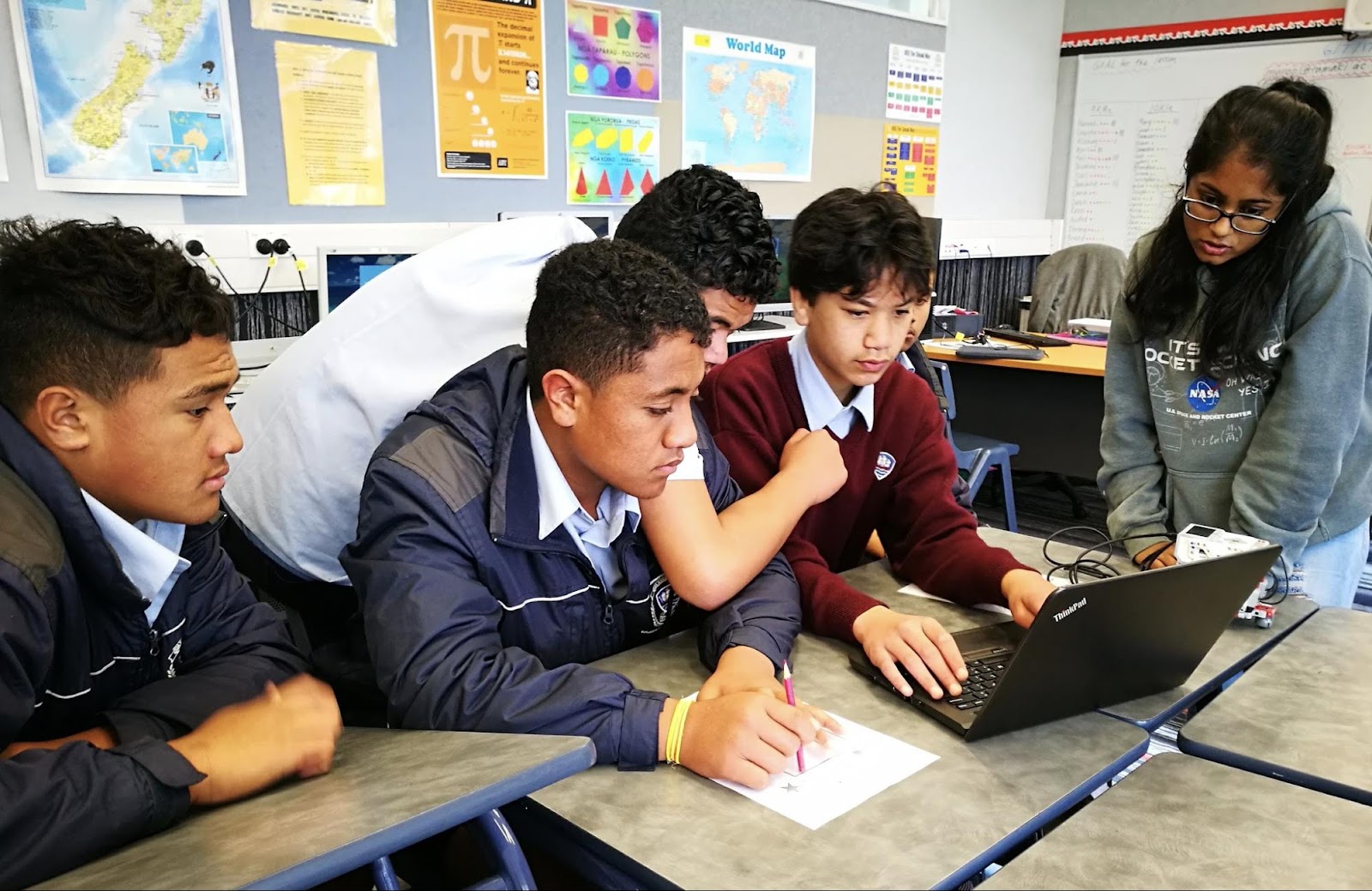Teaching as Inquiry
Teaching as Inquiry is criteria 12 of the Practising Teacher Criteria which all teachers, including provisionally certificated teachers, need to provide evidence both for appraisal & certification. For this criteria teachers are required to use critical inquiry to critically examine their own beliefs, including cultural beliefs, and how they impact on their professional practice and the achievement of ākonga (learners).
I found this set of descriptors of good practice for teaching as inquiry in an article "Leading inquiry at teacher level" by Mike Fowler.

I found this set of descriptors of good practice for teaching as inquiry in an article "Leading inquiry at teacher level" by Mike Fowler.
- The inquiry is based on a group of students you teach which could be selected students in one class, a whole class or students from different classes.
- You look for evidence of what is happening for these student in the classroom by asking these questions:
- Why are students in my class struggling with....?
- What are the challenges students are facing in this topic, course?
- How confident are these students about this part of the course?
- How do they rate their understanding about what they are learning?
- You identify an aspect where you can act as an effective agent to help students improve.
- You take actions and apply teaching interventions aimed at creating improvements for students.
- There is evidence of quality thinking about the value & effectiveness of the actions & interventions as well as next steps.
- The inquiry is based over an extended period and you get feedback from your HOD, colleague and/or mentor.
- You document your inquiry in a short written report which is shared with other teachers in the school or in your blog.
- Your inquiry works within a suitable timeframe negotiated between you and your curriculum leader.
- Your project is an important professional window on your practice and is included as part of your appraisal.
- Inquiry is a school-wide process which continues each year. The data from these projects provides an opportunity to examine trends and set directions for schoolwide professional learning.

Comments
Post a Comment